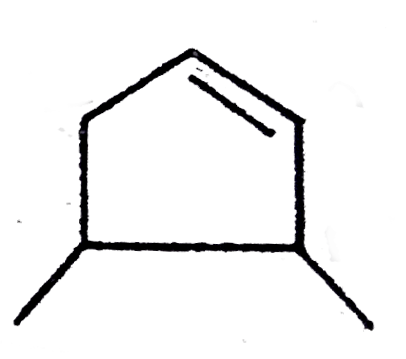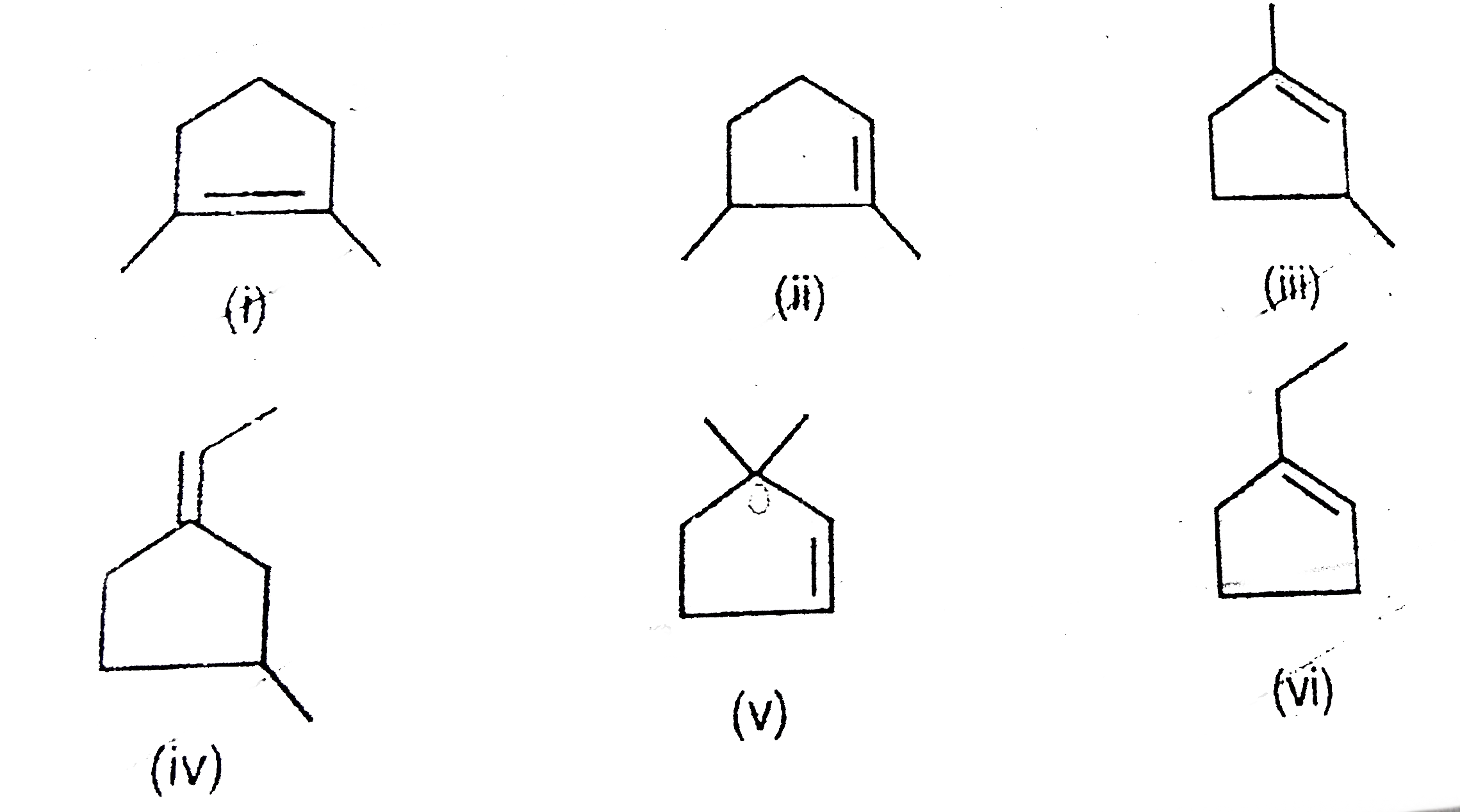How many of the following are more electronegativity than Boron. H,Li,Be,C,N,O,F
The correct Answer is:5
To determine how many of the given elements are more electronegative than boron, we will follow these steps:
Step 1: Identify the electronegativity of Boron
Boron (B) has an electronegativity value of approximately 2.04 on the Pauling scale.
Step 2: List the electronegativity values of the given elements
- Hydrogen (H): 2.20
- Lithium (Li): 0.98
- Beryllium (Be): 1.57
- Carbon (C): 2.55
- Nitrogen (N): 3.04
- Oxygen (O): 3.44
- Fluorine (F): 3.98
Step 3: Compare each element's electronegativity with that of Boron
- Hydrogen (H): 2.20 > 2.04 (more electronegative)
- Lithium (Li): 0.98 < 2.04 (less electronegative)
- Beryllium (Be): 1.57 < 2.04 (less electronegative)
- Carbon (C): 2.55 > 2.04 (more electronegative)
- Nitrogen (N): 3.04 > 2.04 (more electronegative)
- Oxygen (O): 3.44 > 2.04 (more electronegative)
- Fluorine (F): 3.98 > 2.04 (more electronegative)
Step 4: Count the elements that are more electronegative than Boron
From the comparison:
- Hydrogen (H)
- Carbon (C)
- Nitrogen (N)
- Oxygen (O)
- Fluorine (F)
Thus, there are five elements (H, C, N, O, F) that are more electronegative than Boron.
Final Answer:
5 elements are more electronegative than Boron.
---
Boron (B) has an electronegativity value of approximately 2.04 on the Pauling scale.
- Hydrogen (H): 2.20
- Lithium (Li): 0.98
- Beryllium (Be): 1.57
- Carbon (C): 2.55
- Nitrogen (N): 3.04
- Oxygen (O): 3.44
- Fluorine (F): 3.98
- Hydrogen (H): 2.20 > 2.04 (more electronegative)
- Lithium (Li): 0.98 < 2.04 (less electronegative)
- Beryllium (Be): 1.57 < 2.04 (less electronegative)
- Carbon (C): 2.55 > 2.04 (more electronegative)
- Nitrogen (N): 3.04 > 2.04 (more electronegative)
- Oxygen (O): 3.44 > 2.04 (more electronegative)
- Fluorine (F): 3.98 > 2.04 (more electronegative)
From the comparison:
- Hydrogen (H)
- Carbon (C)
- Nitrogen (N)
- Oxygen (O)
- Fluorine (F)
5 elements are more electronegative than Boron.
Topper's Solved these Questions
- BOOK - RESONANCE ENGLISHCHAPTER - PERIODIC TABLE & PERIODICITYEXERCISE - Exercise-21videos
PERIODIC TABLE & PERIODICITY
- BOOK - RESONANCE ENGLISHCHAPTER - PERIODIC TABLE & PERIODICITYEXERCISE - Exercise-31videos
PERIODIC TABLE & PERIODICITY
- BOOK - RESONANCE ENGLISHCHAPTER - PERIODIC TABLE & PERIODICITYEXERCISE - Exercise-11videos
PERIODIC TABLE & PERIODICITY
- BOOK - RESONANCE ENGLISHCHAPTER - P-BLOCK ELEMENTS (HALOGEN & NOBLE GASES)EXERCISE - APSP PART-322videos
P-BLOCK ELEMENTS (HALOGEN & NOBLE GASES)
- BOOK - RESONANCE ENGLISHCHAPTER - QUALITATIVE ANALYSISEXERCISE - INORGANIC CHMISTRY(Qualitative analysis)35videos
QUALITATIVE ANALYSIS
Similar Questions
Knowledge Check
- Question 1 - Select One or More
Which of the following compounds are more acidic than H2O?
ACH3−OHBH−O∣∣C−OHCCH3−..NH2D
How many of these elements have lower electron affinity than fluorine?
Cl,S,O,N,P,Br,I,CView SolutionIn C,N,O and F the electronegativity
View SolutionHow many alkene/s from following are more stable than

 View Solution
View SolutionHow many of the following have greater 7eff than silicon atom:
Na,Mg,AI,P,CI,S,N,O,C,FView SolutionHow many elements are more electropositive than CI.
B,N,O,C,S,P,At,H,LiView SolutionWhich one of F and Cl is more electronegative?
View SolutionWrite the correct form of the following statement:
The fluorine atom is more electronegative than H atom, therefore, the H-F bond is formed by gain and loss of electrons.View Solution


